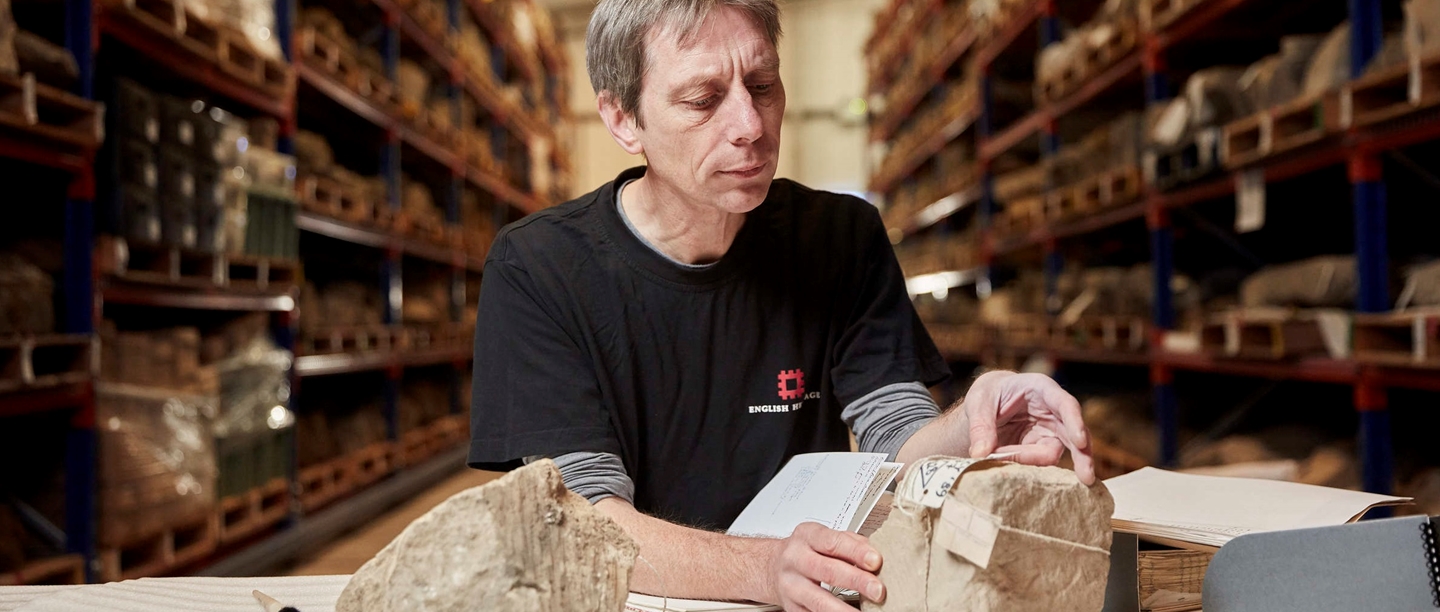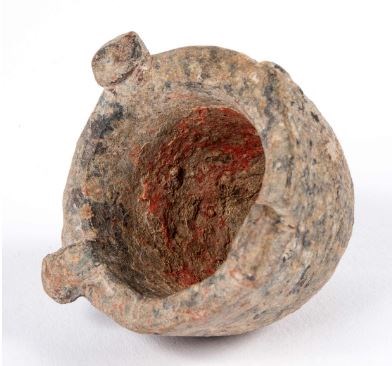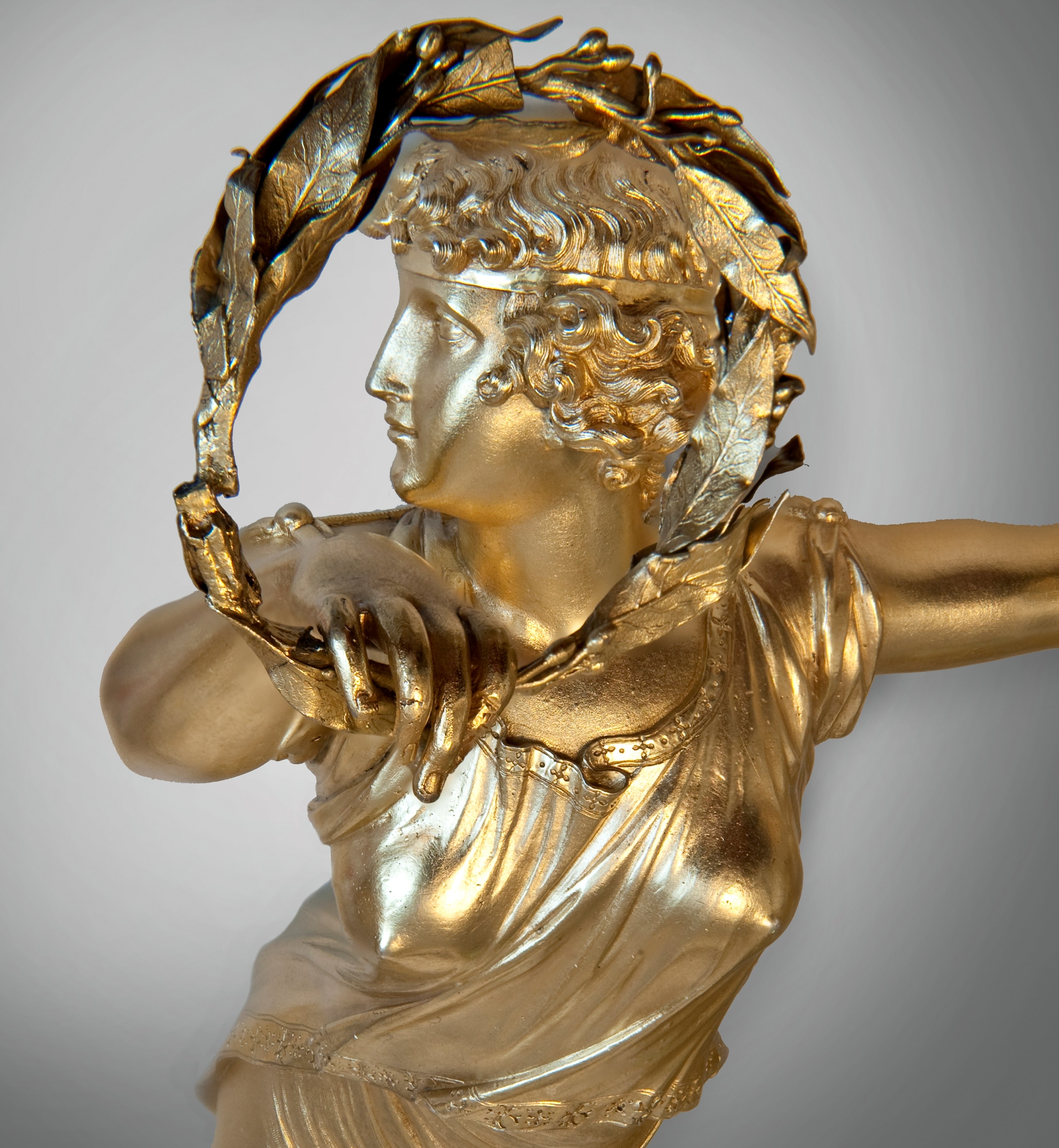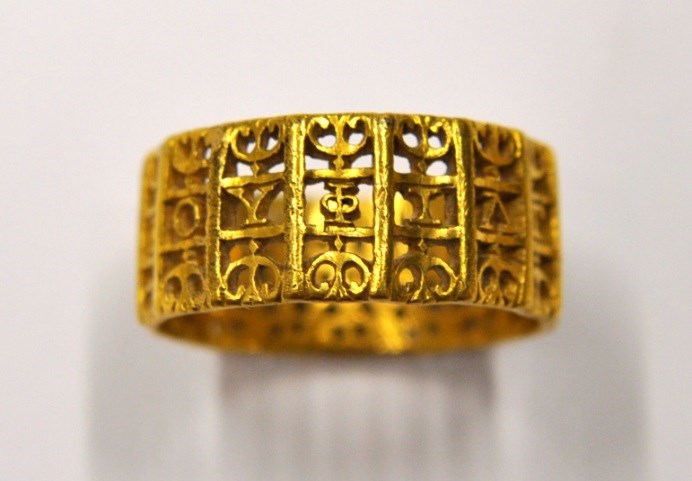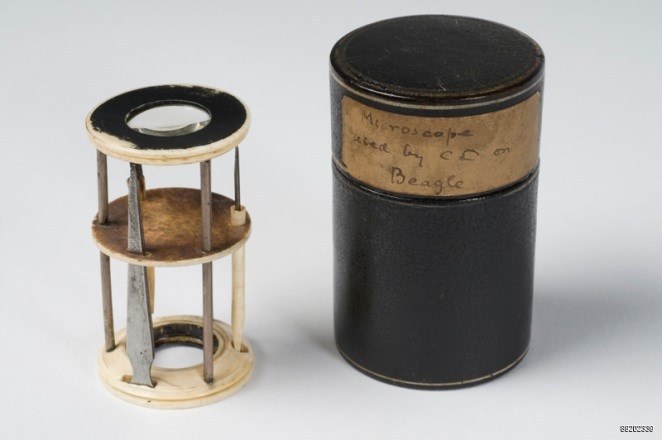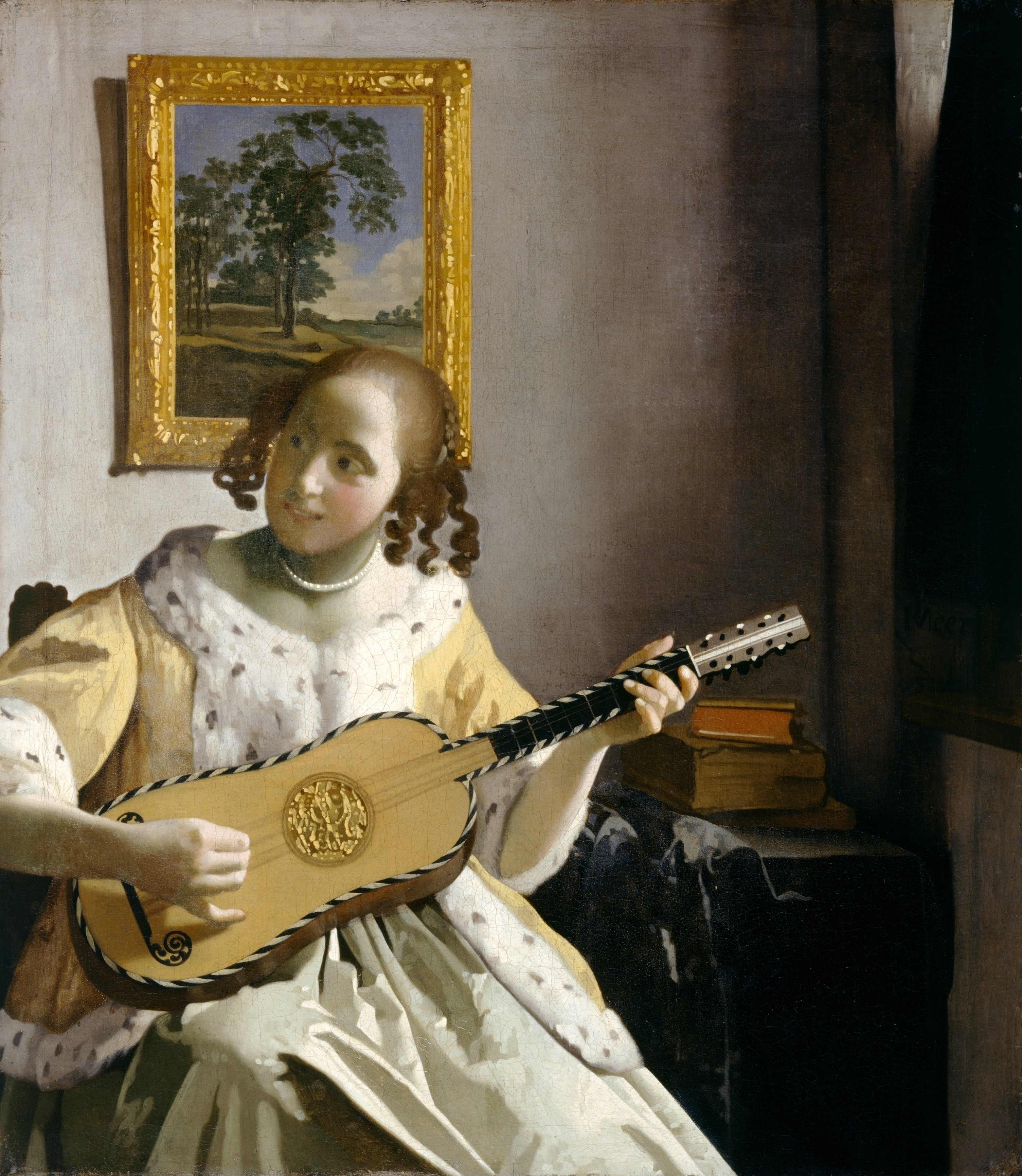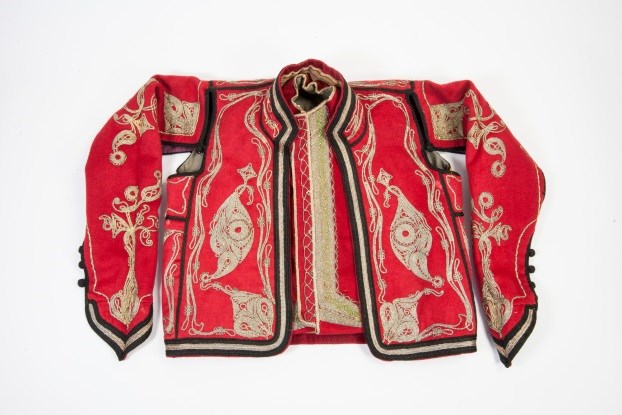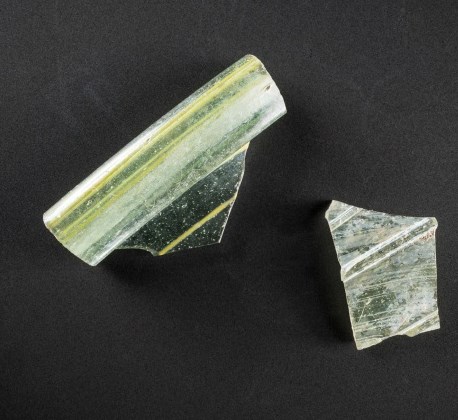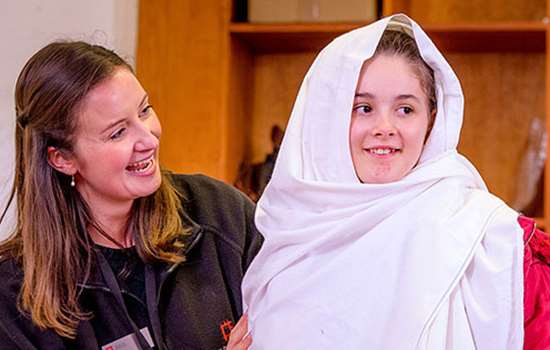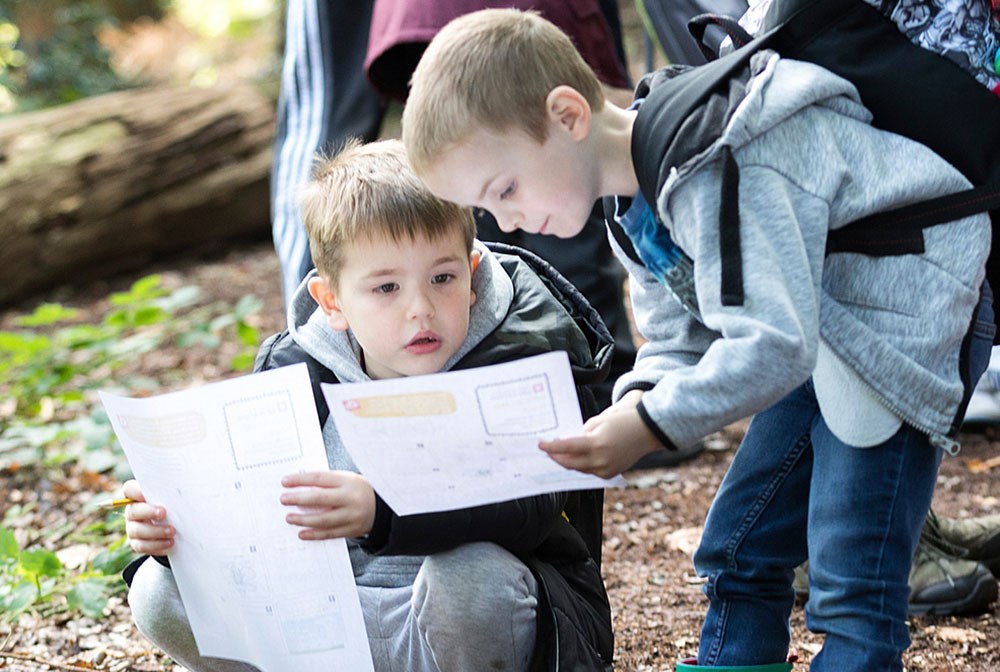Objects as Sources
Although you might think of historical sources as documents and images, some of the most useful and interesting sources are, in fact, everyday and not so everyday objects.
We can use these to better understand how people lived and what they did, how they built things and what was important to them. Objects can be as simple in design as a prehistoric earthenware jug or as complicated as a grandfather clock - they all tell a story.
When studying a historic object you should consider these questions:
- What is it? Some objects look very similar to things we have at home today, others look very different to us. Consider the shape and size of an object, as well as the materials it's made from and any decorations it might have. From this, you can try to work out what it might be.
- What does it look like? Sometimes the form of an object can tell us what it was used for. It may have a particular shape or some special features that can provide more detail about who owned the object and where it was made or sold.
- What is it made from? The materials that an object is made from can give us clues about what it was used for. It can also give as an idea of where an object is from and whether it was used by someone who was rich or poor.
- Who used it? We can try to work out who owned an object by considering what it was used for and what it looks like. A bowl, for instance, is an object that anyone might have used. If the example you are studying is highly decorated and made using expensive materials and techniques then it was probably owned by someone wealthy and important.
- How was it used? The features and wear on an object can help us when trying to work out what it was used for. Over time some objects suffer wear and tear that can give us clues about how people used them. You might notice the steps at some of our historic places are uneven because of hundreds of years of use.
Working with Collections
Our experts work with collections of all ages, shapes, and sizes. We have curators who manage and care for our collections and conservators who clean, repair and restore objects and buildings we care for.
Our curators and conservators manage and look after objects and buildings that date from prehistory to the 20th century, covering all time periods in-between. They use their expertise to care for special buildings and objects, making sure that their stories are told. Each object and building has its own story and care requirements, so we protect, conserve, store and present them carefully to ensure their survival for future generations.
Read more about conservation at English Heritage
Interpreting Collections
Our curators and interpretation experts work together to tell the stories of our collections. They consider what they know about an object, including how it was used in the past and its current condition to inform how they display it to the public.
Encourage your learners to consider how they would interpret and display our objects or examples of objects from their own lives. You could work individually, or as a class, to create a mini exhibition or display of objects that relate to a specific theme or topic of enquiry.
Find out more about the stories behind our collections on our site-specific collections pages below.
Video Resources
Go behind the scenes with our experts as they highlight the stories behind our historic places.
Join Maddie Moate at Audley End as she finds out more about the collections, house and grounds. Uncover the story behind the graffiti inside Richmond Castle's cell block and how English Heritage is protecting it. Find out more about what goes on at Osborne during the winter and learn how historic objects from Rievaulx Abbey are conserved.
-
Richmond Castle: Conserving the Cell Block Graffiti
Find out why it's important to preserve the graffiti inside Richmond Castle Cell Block and how English Heritage plans to protect it long-term.
-
Behind the Scenes at Osborne
Hear from the collections care team, gardeners, volunteers and curators at Osborne about what goes on there behind the scenes during the winter.
-
Rievaulx Abbey: Conservation Behind the Scenes
Take a look behind the scenes at conservation work carried out on historic objects from Rievaulx Abbey.
More to Explore

